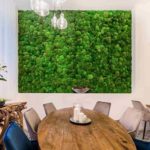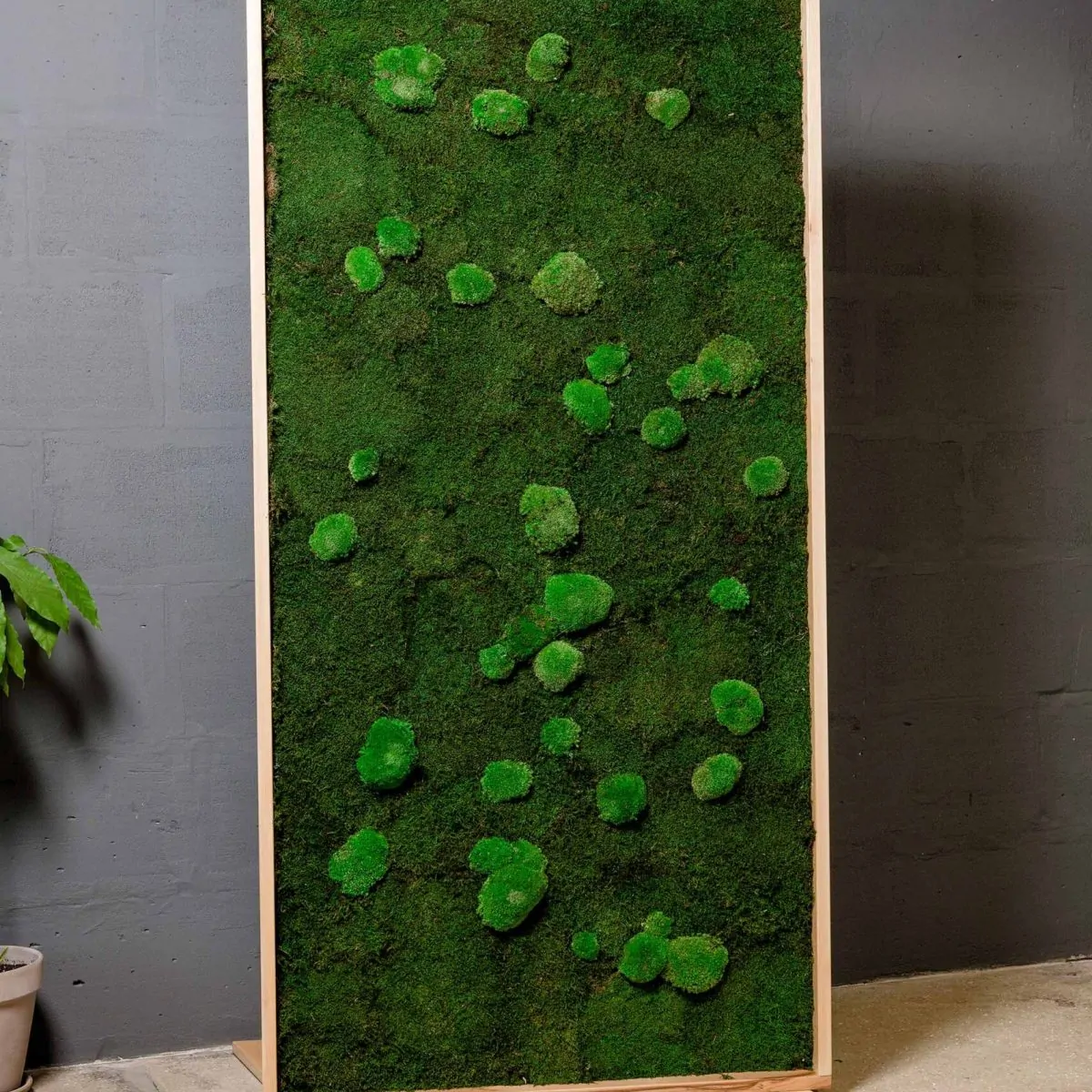|
E |
dge banding is the usual way of concealing the visible edges of plywood panels and shelves; it creates the illusion that the carcase is made exclusively of solid wood. You can choose one of two options: Commercial edge banding, shown on page 40, is available in a wide variety of wood types, colors and thick
nesses. Installing it is simply a matter of cutting off the lengths you need from a roll, setting the banding in place and heating it with a household iron to melt the adhesive that bonds it to the surface of the wood.
Although somewhat more painstaking to apply, shop-made edge banding
offers several advantages over the store – bought solution. You can make it from any available wood species and cut it to whatever thickness you choose; Ve-inch-thick banding is typical. The shop-made variety is also less expensive—a consideration if you plan to use a lot of banding.
 1 Applying the banding
1 Applying the banding
 |
Use the table saw to cut thin strips of edge banding from a board; be sure to use a push stick to feed the stock into the blade. Make the strips slightly longer than the panel and at least as wide as the panel is thick. Grip the panel at each end in a handscrew, then clamp the handscrews to a work surface so that the front edge of the workpiece faces up. Then apply a thin glue bead to the edge of the panel and use a small, stiff-bristled brush to spread the adhesive evenly. Center the banding along the panel’s edge; to hold it flat while the glue dries, tape it very firmly at 2-inch intervals. Use as many strips of tape as necessary to eliminate any gaps between the banding and the edge of the panel.
|
|
|
|
|
|
|
|
|



|



